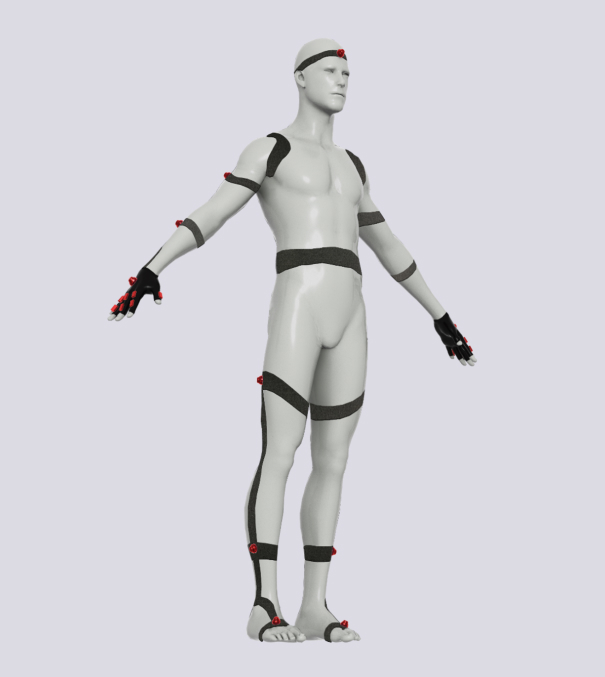- Home
- Products
- Business Segments
- Technologies
- Press
- Company
- EN
Guocheng Wantong STEPVR Core Technology
Sub-millimeter Precision Laser Positioning Technology
Comprehensive laser encoding module, high-precision and stable dual-motor system, unique system error calibration and elimination algorithms, assembly, and fixed and cyclic errors caused by one-word laser surfaces, leading positioning accuracy far ahead of peers; stable, high-precision laser inertial multi-sensor fusion algorithm system, realizing system requirements such as multi-laser source switching, normal tracking during short-term occlusion, low latency, etc.; through these technologies, the system has the capability to access any shape space, any size space, and any number of positioning targets; currently achieving industry-leading level of positioning space over 5000 square meters, and precise positioning of over 40 people for full-body motion capture.
15-point Laser + Inertial Motion Capture System
Our motion capture system uses laser positioning and inertial fusion to achieve stable and precise capture of full-body and hand movements.

MoCap Technology
Advantages
Disadvantages
Laser + Inertial
- Easy to transport and install
- Super stable and long-lasting (can livestream 10 hours non-stop)
- Low requirements for studio staging
- Cost-effective
- Support for Multi-Person Motion Capture
- Cannot block beamers
- Does not work with very high ceiling (higher than 4 meters)
Inertial
- Low cost
- Frequent calibrations required
- Weak anti-interference, causing virtual human disfigurement
- Cannot support multiple users
- Cannot add props
- Difficult to livestream for a long period of time
Optical + Infrared
- Filmmaking level MoCap with high graphic qualities
- Very high cost
- Complex installation requiring professional guidance
- Difficult-to-transport equipment
- Complex operation and frequent maintenance required
Computer Vision
- Users do not need to put on the equipment
- Low accuracy with high latency
- Cannot accurately capture movements of multiple people
- Movements of virtual human are not accurate; changes in position will cause inaccuracies
- High computer configurations required
Robotic Touch Technology
Force Feedback System
Touch technology has always been a highly sought-after feature to enhance the metaverse experience. However, until now, this technology has been limited by cost and maturity. STEPVR has developed its own tactile system, including a 6-degree-of-freedom robotic arm, tactile gloves, and a vest. The robotic arm provides reverse force in physical interactions, such as opening doors or swinging baseball bats. The gloves simulate tactile sensations when in contact with objects, while the vest is equipped with linear motors to simulate physical touch and collisions. This system allows for a comprehensive tactile experience. STEPVR's in-house development ensures high cost-effectiveness. For example, the cost-effective tactile gloves utilize over 100 dynamic elements, providing high-fidelity tactile sensations.Omnidirectional Motion System
The omnidirectional motion system is a technology that changes the rules of virtual world games, inspired by the movie Ready Player One. Utilizing orthogonal multi-roller systems, users can achieve arbitrary walking in virtual space on a 1.5-square-meter platform. The system uses low-latency laser positioning technology to accurately identify user movements and seamlessly integrates traditional motor drive control and human motion compensation control with deep learning methods, providing rapid, adaptive response for human motion. It recognizes human motion trajectories and adjusts rollers in 360 degrees to maintain user position.
The system uses low-latency, laser positioning systems to accurately and instantly identify human movements. It seamlessly combines motor drive control and human motion compensation control using traditional and deep learning methods, providing fast and adaptive responses to human movement.
